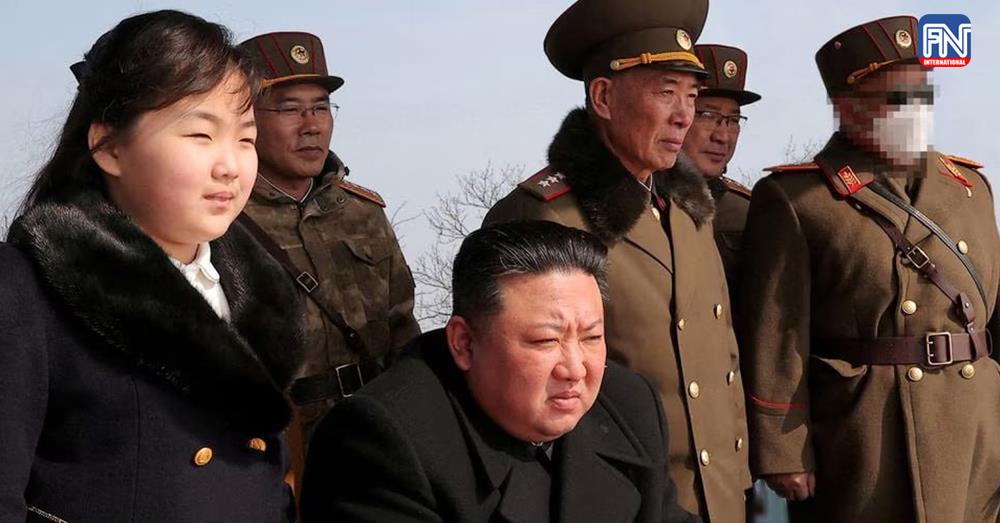SEOUL, March 24 (Reuters) - North Korea has tested a new nuclear-capable underwater attack drone that can generate a radioactive tsunami, state media reported on Friday, as it blamed joint military drills by South Korea and the U.S. for raising tensions in the region.
During the drill, the new North Korean drone cruised underwater at a depth of 80 to 150 metres (260-500 feet) for over 59 hours and detonated in waters off its east coast on Thursday, North Korean state news agency KCNA said.
Dubbed "Haeil", or tsunami, the drone system is intended to make sneak attacks in enemy waters and destroy naval striker groups and major operational ports by making a super-scale radioactive wave through an underwater explosion, the KCNA said.
"This nuclear underwater attack drone can be deployed at any coast and port or towed by a surface ship for operation," the news agency said, adding the test had been overseen by leader Kim Jong Un.
It is unclear whether North Korea has fully developed miniaturised nuclear warheads needed to fit on its smaller weapons.
Analysts say perfecting smaller warheads would most likely be a key goal if the North resumes nuclear testing.
Leif-Eric Easley, a professor at Ewha University in Seoul, said Pyongyang's latest claim to have a nuclear-capable underwater drone "should be met with skepticism."
"But it is clearly intended to show that the Kim regime has so many different means of nuclear attack that any preemptive or decapitation strike against it would fail disastrously," he said.
KCNA also confirmed the North fired cruise missiles on Wednesday to practice carrying out tactical nuclear attack missions, confirming earlier reports from the South Korean military.
The cruise missiles were tipped with a "test warhead simulating a nuclear warhead," and flew 1,500-1,800 km (930-1120 miles), according to KCNA.





